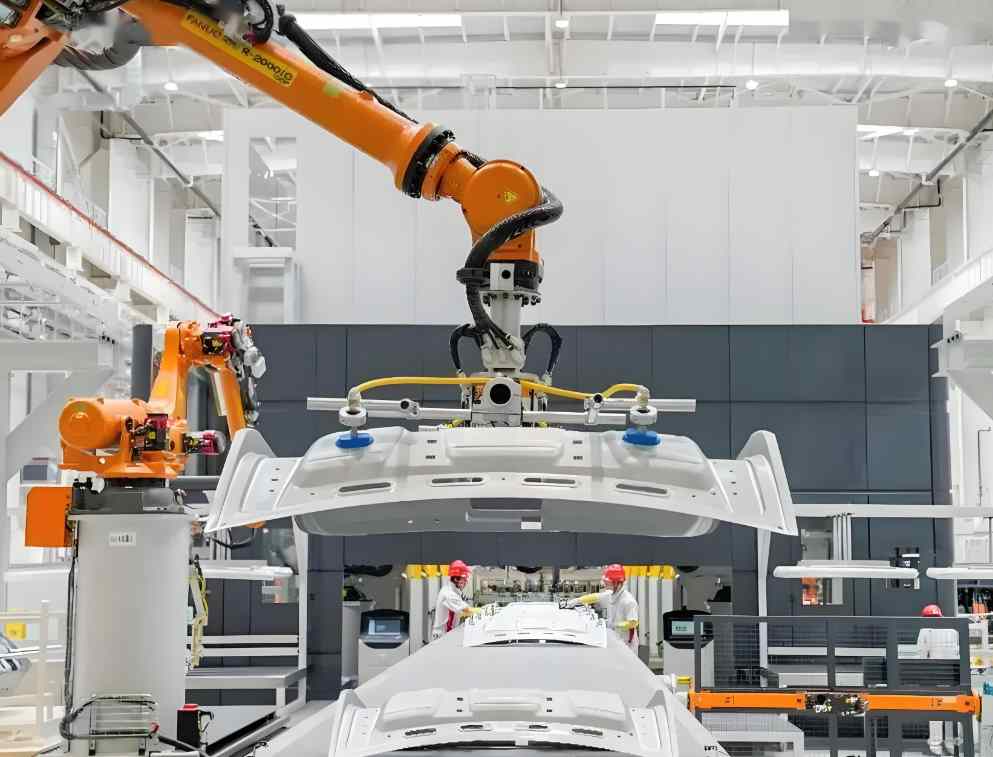IATF16949 system upgrade (Customized training)
Customized IATF16949 system training program for enterprises
My introduction
Background and Purpose: In view of the strict requirements of the quality management system in the automotive industry and the increasingly fierce market competition, the company decided to carry out IATF16949 system advanced customization training. Through a comprehensive diagnosis of the existing system, combined with the actual production of products (assume auto parts manufacturing), develop and implement targeted training programs to improve the understanding and application of IATF16949 standards for all employees, to ensure that product quality continues to meet customer requirements and industry standards.
2. IATF16949 system diagnosis
1. Diagnostic scope and objectives
It covers the whole process of product design, procurement, production, inspection and sales.
The purpose of diagnostics is to identify weaknesses, nonconformities and potential risks in the operation of the system.
2. Diagnostic team and tools
Establish a diagnostic team consisting of quality managers, production supervisors, technical experts and external consultants.
A variety of tools, such as process audits, document reviews, and data analysis, are used for diagnosis.
3. Diagnosis and implementation
Go to the site, conduct a detailed audit of key processes, and collect first-hand information.
Evaluate customer feedback, internal audit reports, quality data, etc., analyze system performance.
4. Release diagnostic reports
Summarize the problems identified in the diagnosis, including nonconformities, suggestions for improvement, and potential risk points.
Compare and analyze the gap between actual production products and IATF16949 standard requirements.

3. Develop training and improvement plans
1. Demand analysis
Based on the diagnostic report, identify the specific needs of employees in terms of knowledge, skills and awareness of the quality management system.
Special attention is paid to the special requirements related to the manufacture of automotive parts, such as process control, special characteristics management, customer orientation, etc.
2. Training content design
Basic strengthening: IATF16949 standard overview, five tools basis, basic principles of quality management system.
Advanced promotion:
Process control: For the actual production process of enterprises, in-depth explanation of process planning, control and improvement methods.
Risk management: Identify, assess and respond to quality risks to ensure product safety.
Feature management: Implement strict monitoring measures for the characteristics of auto parts.
Customer orientation: Enhance customer awareness, improve customer satisfaction and loyalty.
Case studies: Share successes and failures within and outside the industry to provide lessons learned.
3. Training methods
Combine online and offline, flexibly arrange training time and place.
A variety of teaching methods such as lectures, group discussions, role play and mock auditing are adopted to enhance students' participation.
Hands-on exercises are introduced, allowing students to apply their knowledge in a simulated environment.
4. Make a plan
Specify the training time, place, instructor, participant and course schedule.
Develop detailed training plan and course outline to ensure systematic and consistent training content.
4. Implement training plans
1. Start class mobilization
The purpose, content, method and assessment requirements of the training are introduced.
Emphasis on training discipline and student expectations to stimulate students' enthusiasm for learning.
2. Course teaching and interaction
Courses are taught as planned, focusing on the combination of theory and practice.
Students are encouraged to ask questions and interact, promoting knowledge sharing and the collision of ideas.
3. Live in the drill
Organize simulation audit, problem discussion, solution development and other practical activities.
Teachers provide on-site guidance, correct mistakes in time, and improve students' practical ability.
4. Evaluation and feedback
The students' learning effect is evaluated through written examination, practical performance appraisal and project report.
Collect feedback from students to understand training effectiveness and room for improvement.
5. Training effect verification
1. Short-term effect verification
The training effect information was collected by means of questionnaire survey and student feedback.
The changes of knowledge, skills and consciousness of the trainees before and after the training are analyzed.
Evaluate the performance and progress of mock audit participants.
2. Long-term effect verification
Track system performance and evaluate the actual contribution of training to system improvement.
Collect customer feedback, internal audit results, quality data and other key indicators to verify the sustainability of training results.
Pay attention to the application of knowledge in practical work and evaluate its impact on product quality.
3. Continuous improvement
Adjust the training plan and method timely according to the verification results.
Regularly organize retraining and re-education to ensure continuous compliance with IATF16949 requirements.
Establish training effect evaluation mechanism, form closed-loop management, and promote continuous improvement of quality management system.

 IATF16949 system upgrade (Customized training)-Service items-Liaocheng Enterprise Standardization Training Center - IATF16949 Training Institution - ISO9001 System Certification Services Company - Shandong Yongsheng Certification Technology Co., Ltd.
IATF16949 system upgrade (Customized training)-Service items-Liaocheng Enterprise Standardization Training Center - IATF16949 Training Institution - ISO9001 System Certification Services Company - Shandong Yongsheng Certification Technology Co., Ltd.